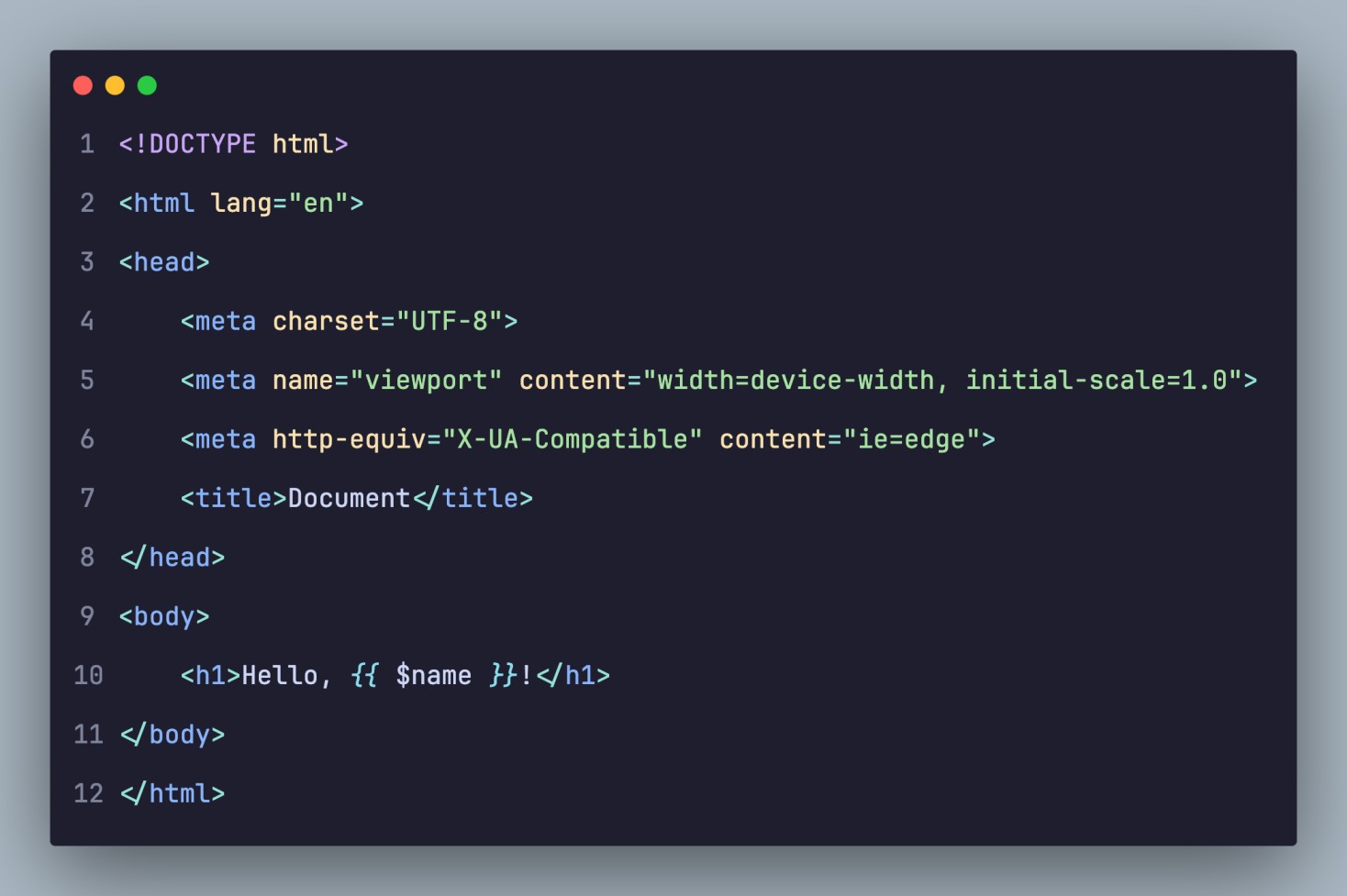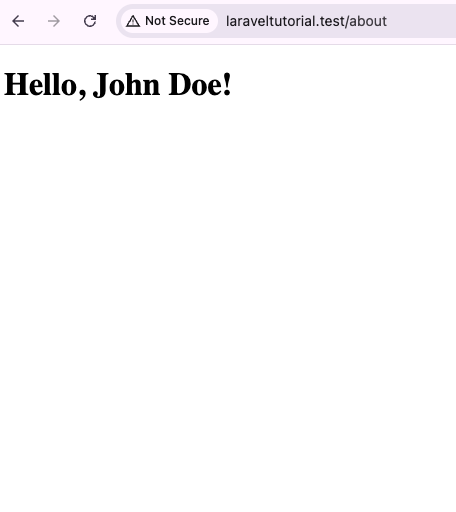Laravel, one of the most esoteric PHP frameworks, is well known for its elegant syntax and developer-friendly features. One of its significant components is the templating engine which is named Blade, which fetches a powerful and intuitive way to create dynamic views for your web applications. In this illustrative and comprehensive guide, we’ll dive deep into Laravel views, exploring their best practices, functionalities, and how they contribute to building their engaging user’s interfaces through this process.
What are Laravel Views?
Laravel views depict the presentation layer of your current application. They are noted to be responsible for displaying the data to the user and providing an interface for interaction. Typically, they write views using Blade templates, which provide a clear and concise method for embedding PHP code within HTML.
Why Use Blade Templates?
Blade templates also provide several benefits over traditional PHP templating:
- Template Inheritance: Blade always allows the user to create a base template with common elements such as headers, footers, and navigation bars, and then works on extending to create child templates with unique content. This promotes and provides code reusability and maintainability.
- Concise Syntax: Blade provides an ordinary and expressive syntax for common PHP constructs such as conditional loops, statements, and variable output. This makes your views cleaner and easier to read.
- Template Compilation: Blade templates are used to combine plain PHP code and cache it, by in improved performance1.
Creating and Rendering Views
Laravel views are all collected in the resources/views directory. You can create a new view by simply creating a new .blade.php file in this directory. For example, to create a view named welcome.blade.php, you would create a file with that name in the resources/views directory.
To render a view, you can use the view helper function. An example can be given here, to render the welcome.blade.php view, you would use the following code in your controller:
PHP
return view('welcome');

Passing Data to Views
You can pass the data among your views using the view helper function. An example of it is, to pass a variable named name to the welcome.blade.php view, you would use the following code:
PHP
return view('about', ['name' => 'John Doe']);
Within your Blade template, you can then access this variable using the following syntax:
Blade <h1>Hello, {{ $name }}!</h1>

The output is:

View Composers
View composers are a powerful component in Laravel that allows you to share data with numerous views without having to explicitly pass it to each and every view. We can use this particularly by using data that is needed in many different parts of your application, such as user information or global settings.
While creating a view composer, you can use the view()->composer() method. This process takes two arguments: Firstly, the view or views you want to share data with, and secondly, a closure that will be executed when those views are executed. The closure receives the view instance as an argument, allowing it to bind data to the view.
Illustrating the saying, to share the currently authenticated user with all views, you could create a view composer such as this:
use Illuminate\Support\Facades\View;
View::composer('*', function ($view) {
$view->with('user', auth()->user());
});
This code is binding the user variable to all views, making it accessible among your Blade templates.
Blade Template Features
Blade proposes a wide range of features to help you create dynamic and interactive views:
- Control Structures: Blade fetched directives for common control structures like @if, @elseif, @else, @for, @foreach, and @while. These directives are allowed to conditionally display any content and help in iterating over data. An example can be given here, to display a list of users:
Blade
@if (count($users) > 0)
<ul>
@foreach ($users as $user)
<li>{{ $user->name }}</li>
@endforeach
</ul>
@else
<p>No users found.</p>
@endif
- The Loop Variable: When iterating through data using @foreach, Blade provides a special variable called $loop, which gives you access to useful facts about the loop, like the current index, iteration, and whether it’s the first or last item.
- Other Directives: Blade also provides directives for other common tasks, like authentication (@auth, @guest), environment checks (@env), and checking for the existence of sections (@hasSection, @sectionMissing).
- Components and Slots: Blade components are allowed to create reusable UI features with their own logic and templates. Slots enable a way to inject content into specific areas of a component.
- Anonymous Components: In a user-friendly way, it simply works as , inline components, where Blade offers anonymous components. These components are directly defined among your Blade templates and don’t require a separate class file.
- Layouts: Blade layouts enable a way to define a common structure for your views, such as a header, footer, and navigation bar. You can then extend this layout in your individual views.
- Includes: Blade includes allow you to include other views among your current view. This is very worthy for breaking down complex views into handy, more manageable pieces.
- Stacks: Blade stacks allow you to push content to named stacks, which can then be executed in your layout. This is workable for adding content to specific sections of your layout, such as the head or footer.
Read More Articles
Mastering Laravel HTTP Responses: A Easy Guide
Laravel HTTP Requests: Let’s Make Data Handling Easy (Laravel 12)
Mastering Laravel Controllers: Your Gateway to Dynamic Web Applications
Error Handling in Views
Moreover, Laravel views primarily focus on presentation, but errors can still occur. But gracefully you have to handle these errors to provide a good user experience, which is very important.
There is only one way to handle errors in views, that is to use try-catch blocks among your Blade templates. This helps to allow you to catch exceptions and display an appropriate error message to the user.
Enhancing Views with Search Functionality
Laravel Scout provides a straight, driver-based solution for including full-text search to your Eloquent models. While working with the model observers, naturally Scout will keep your search indexes in sync with your Eloquent records.
You can select from several search drivers, such as Algolia, Meilisearch, and Typesense. Each one of the drivers has its own strengths and weaknesses, so you have to choose the one that best suits your needs.
Advanced Search Techniques
For more advanced search functionality, the most suitable packages are mostly like lorisleiva/laravel-search-string. This package provides a user-friendly syntax for building complex search queries.
With this functional package, you can create search forms that allow users to filter results by various criteria, such as keywords, ,date ranges, and relationships.
Best Practices for Laravel Views
- Keep Views Clean and Concise: Views should primarily work on the presentation of the logic. Avoid putting complex business logic in your views.
- Use Template Inheritance: Leverage template helps in inheriting to create a consistent look and feel across your application.
- Organize Views into Folders: For larger applications, manage your views into folders to improve maintainability.
- Use Meaningful Names: It uses descriptive names for your views and variables to make your code facile and simple to understand to everyone.
- Separate Concerns: It clearly separates the responsibilities of controllers and views. Controllers should handle business logic and data retrieval, while views should focus on presentation.
- Inject Dependencies: Use Laravel’s service container to inject dependencies into your views, decoupling them from specific implementations.
- Consider Security: Always be mindful of security considerations when you are working with Laravel views. Prevent common vulnerabilities like XSS and CSRF.
Conclusion
Laravel views, powered by Blade templates, provide an enthusiast and efficient way to create dynamic and engaging user interfaces for your web applications. While understanding the core concepts at its best through practices, you can leverage the full potential of Laravel views to build high-quality applications.